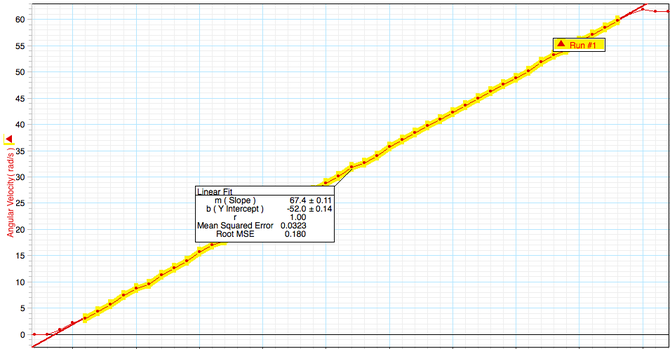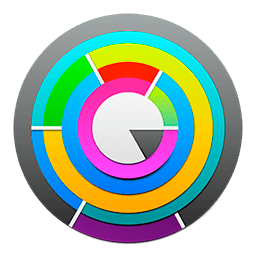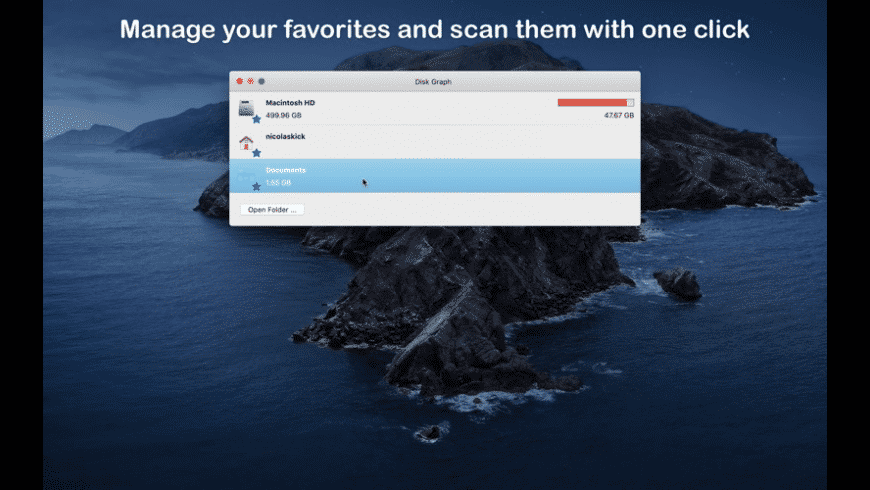
Graph 1 – The Mask (Public Self) The first graph in the DISC report shows how someone believes. Over here I've drawn part of the graph of y is equal to x squared and what we're going to do is use our powers of definite integrals to find volumes instead of just areas so let's review what we're doing when we take just a regular definite integral so if we take the definite integral between say zero and two of x squared DX what does that represent let's look at our endpoints so this is X is. Other impossibility result, namely, given a d-quasi unit disk graph G 8 with parameter d ‚ 1= p 2, it is NP-hard to flnd a realization (an embedding fulfllling all requirements of the quasi unit disk graph) of G. In a quasi unit disk graph, two nodes are connected by an edge if. Disk Graph Disk Graph allows you to visualize your disk as a responsive pie graph and find the files that take away your disk space. With its intuitive interface, locating big files has never been easier. You can select any directory reachable in the Finder: it may be on your local machine, on an external drive or even on a remote server. Since out-of-core setting limits the view of entire graph and constrains the processing order to maintain disk locality, exploiting out-of-order execution while simultaneously providing synchronous processing guarantees is challenging.

- Agarwal, P.K., Overmars, M., Sharir, M.: Computing maximally separated sets in the plane and independent sets in the intersection graph of unit disks. In: Proceedings 15th Annual ACM-SIAM Symposium on Discrete Algorithms (2004) (to appear)Google Scholar
- Baker, B.S.: Approximation algorithms for np-complete problems on planar graphs. Journal of the ACM 41, 153–180 (1994)zbMATHCrossRefGoogle Scholar
- Breu, H.: Algorithmic Aspects of constrained unit disk graphs. PhD thesis, University of british Columbia (1996)Google Scholar
- Breu, H., Kirkpatrick, D.G.: Unit disc graph recognition is NP-hard. Computational Geometry: Theory and Applications 9, 3–24 (1998)zbMATHMathSciNetGoogle Scholar
- Clark, B.N., Colbourn, C.J., Johnson, D.S.: Unit disk graphs. Discrete Mathematics 86, 165–177 (1990)zbMATHCrossRefMathSciNetGoogle Scholar
- Erlebach, T., Fiala, J.: Independence and coloring problems on intersection graphs of disks (2001) (manuscript)Google Scholar
- Erlebach, T., Fiala, J.: On-line coloring of geometric intersection graphs. Computational Geometry: Theory and Applications 23(2), 243–255 (2002)zbMATHMathSciNetGoogle Scholar
- Erlebach, T., Jansen, K., Seidel, E.: Polynomial-time approximation schemes for geometric graphs. In: Proceedings the 12th ACM-SIAM Symposium on Discrete Algorithms (SODA 2001), Washington, DC, January 7-9, pp. 671–679 (2001)Google Scholar
- Fiala, J., Fishkin, A.V., Fomin, F.: Off-line and on-line distance constrained labeling of disk graphs. In: Meyer auf der Heide, F. (ed.) ESA 2001. LNCS, vol. 2161, pp. 464–475. Springer, Heidelberg (2001)CrossRefGoogle Scholar
- Gräf, A., Stumpf, M., Weisenfels, G.: On coloring unit disk graphs. Algorithmica 20(3), 277–293 (1998)zbMATHCrossRefMathSciNetGoogle Scholar
- Gyárfás, A., Lehel, J.: On-line and first fit colorings of graphs. Journal of Graph Theory 12, 217–227 (1988)zbMATHCrossRefMathSciNetGoogle Scholar
- Hliněný, P., Kratochvíl, J.: Representing graphs by disks and balls. Discrete Mathematics 229, 101–124 (2001)zbMATHCrossRefMathSciNetGoogle Scholar
- Hochbaum, D., Maass, W.: Approximation schemes for covering and packing problems in image processing and vlsi. Journal of the ACM 32, 130–136 (1985)zbMATHCrossRefMathSciNetGoogle Scholar
- HuntIII, H.B., Marathe, M.V., Radhakrishnan, V., Ravi, S.S., Rosenkrantz, D.J., Stearns, R.E.: NC-approximation schemes for NP and PSPACE-hard problems for geometric graphs. J. Algorithms 26(2), 238–274 (1998)CrossRefMathSciNetGoogle Scholar
- Koebe, P.: Kontaktprobleme der konformen Abbildung. In: Math.-Phys. Klasse. Berichte Verhande, vol. 88, pp. 141–164. Saechs. Akad. Wiss, Leipzig (1936)Google Scholar
- Malesińska, E.: Graph theoretical models for frequency assignment problems. PhD thesis, Technical University of Berlin, Germany (1997)Google Scholar
- Marathe, M.V., Breu, H., Hunt III, H.B., Ravi, S.S., Rosenkrantz, D.J.: Simple heuristics for unit disk graphs. Networks 25, 59–68 (1995)zbMATHCrossRefMathSciNetGoogle Scholar
- Matsui, T.: Approximation algorithms for maximum independent set problems and fractional coloring problems on unit disk graphs. In: Akiyama, J., Kano, M., Urabe, M. (eds.) JCDCG 1998. LNCS, vol. 1763, pp. 194–200. Springer, Heidelberg (2000)CrossRefGoogle Scholar
- Peeters, R.: On coloring j-unit sphere graphs. Tech. rep., Department of Economics, Tilburg University (1991)Google Scholar
- Raghavan, V., Spinrad, J.: Robust algorithms for restricted domains. Journal of Algorithms 48(1), 160–172 (2003)zbMATHCrossRefMathSciNetGoogle Scholar
- Wang, D., Kuo, Y.-S.: A study on two geometric location problems. Information Processing Letters 28, 281–286 (1988)zbMATHCrossRefMathSciNetGoogle Scholar
- Tsai, Y.-T., Lin, Y.-L., Hsu, F.R.: The online firstfit algorithm for radio frequency assignment problems. Information Processing Letters 84(4), 195–199 (2002)zbMATHCrossRefMathSciNetGoogle Scholar
Disk Graph allows you to visualize your disk as a responsive pie graph and find the files that take away your disk space. With its intuitive interface, locating big files has never been easier.
You can select any directory reachable in the Finder: it may be on your local machine, on an external drive or even on a remote server. Each circle in the resulting pie graph represents one level of the directory hierarchy and files inside a directory are, by default, sorted by size. Shazam now.


Disc Graph Interpretation

Disk Graph
By moving the mouse over one of the colored sections, the name of the file and its size will appear. The file size is proportional to the section size. You can freely navigate inside the graph: clicking on a file will make it float to the center so that you have a better view of its contents.
Disk Graph For Mac
The search field allows you to find a file inside the current directory. If you move the mouse over any of the search results, the corresponding file will light up in the graph so that you know where it is. With a click you can open that file, bringing it to the center.
Snapseed for mac os. From within the context menu you can open a file in the Finder or move it to the trash. This way you can free space on your Mac directly from within the app.
Unit Disk Graph
In the main window you can save your favorite directories and devices. When you launch the app, you can access them with one click.
Graphical Disk Usage Linux
Disk Graph has been designed in order to be fun and easy to use. If you have any problem to report or a suggestion for a new feature, I’m always happy to help!




